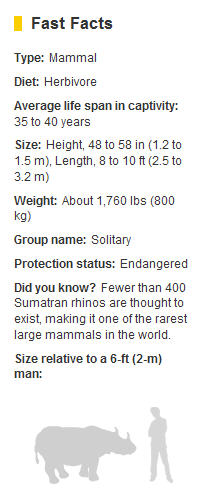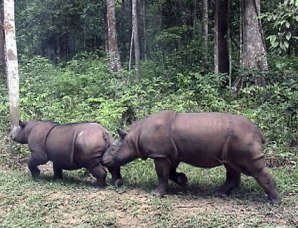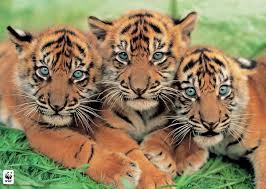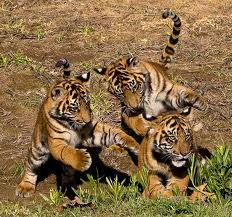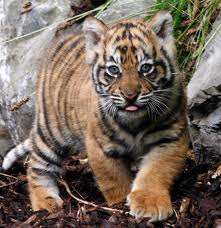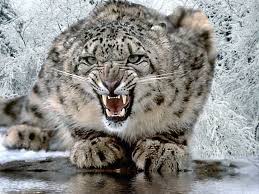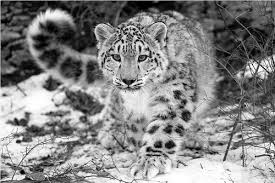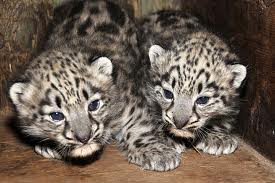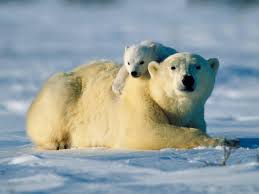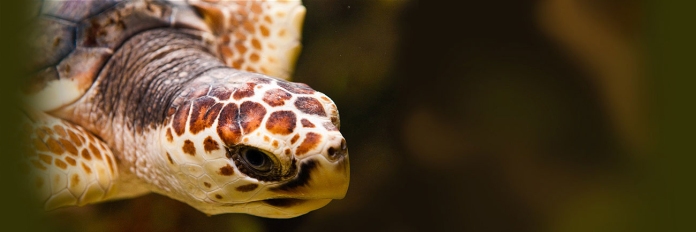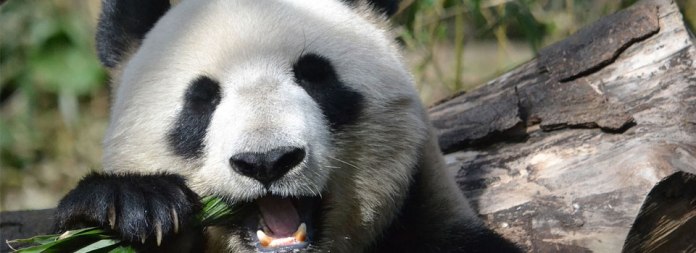European hunters are responsible for the early decline of black rhino populations. It was not uncommon for five or six rhinos to be killed in a day for food or simply for amusement. European settlers that arrived in Africa in the early 20th century to colonize and establish farms and plantations continued this senseless slaughter. Most people regarded rhinos as vermin and exterminated them at all costs.WWF comments . We’ve been fighting to protect African rhinos ever since. Recent success in black rhino conservation is heartening, but a lot of work remains to bring the population up to even a fraction of what it once was – and ensure that it stays there.Poaching statistics released by the South African government reveal 668 rhinos were slaughtered—a 50% increase over 2011 and a staggering 5000% increase since 2007. Already, an additional five rhinos have been killed since the beginning of this year.
Check out this video
Poaching statistics released by the South African government reveal 668 rhinos were slaughtered—a 50% increase over 2011 and a staggering 5000% increase since 2007, when the number poached was 13. Already, an additional five rhinos have been killed since the beginning of this year.The meteoric increase in poaching is driven by a mistaken belief that rhino horn has medicinal powers. The horn is also seen as a highly desirable status symbol in some Asian countries, notably Vietnam. The increased value of rhino horn has enticed well-organized, well-financed and highly-mobile criminal groups to become involved in rhino poaching.In December, Vietnam and SouthAfrica signed an agreement, aimed at bolstering law enforcement and tackling illegal wildlife trade including rhino horn trafficking. The agreement paves the way for improved intelligence information sharing and joint efforts by the two nations to crack down on the criminal syndicates behind the smuggling networks.There is an urgent need for countries to work together and stop illicit trade routes and ensure those arrested for poaching crimes are prosecuted and punished.WWF has launched a global campaign to stop wildlife crime.
An adult black rhinoceros stands 132–180 cm (52–71 in) high at the shoulder and is 2.8–3.8 m (9.2–12 ft) in length, plus a tail of about 60 cm (24 in) in length An adult typically weighs from 800 to 1,400 kg (1,800 to 3,100 lb), however unusually large male specimens have been reported at up to 2,199–2,896 kg (4,848–6,385 lb).The females are smaller than the males. Two horns on the skull are made of keratin with the larger front horn typically 50 cm (20 in) long, exceptionally up to 140 cm (55 in).The longest known black rhinoceros horn measured nearly 1.5 m (4.9 ft) in length.Sometimes, a third, smaller horn may develop. These horns are used for defense, intimidation, and digging up roots and breaking branches during feeding.





